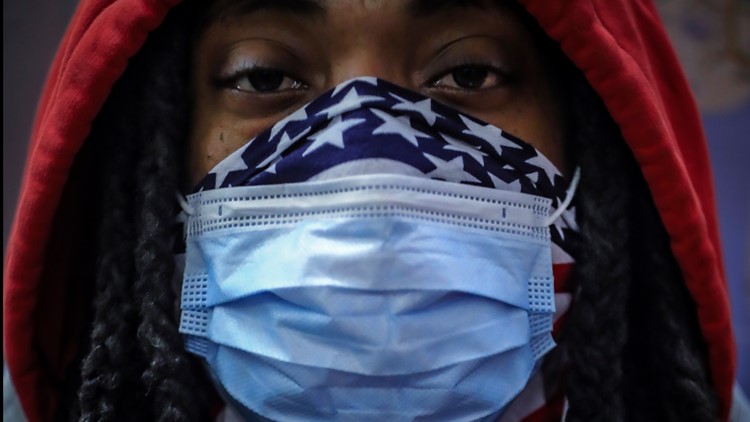ST. LOUIS — New research shows the racial disparity in local COVID-19 cases, according to data compiled by health care officials and advocates in the St. Louis area.
“While age and the presence of chronic conditions — such as diabetes and heart disease — are significant predictors of morbidity and mortality among individuals contracting the COVID-19 virus, these factors alone do not explain the disproportionate impact of COVID-19 on Black communities in St. Louis and around the country,” said Angela Brown, co-author and CEO of the St. Louis Regional Health Commission.
Researchers compiled data of confirmed coronavirus cases by ZIP code throughout the St. Louis region, including in the city, St. Louis County, St. Charles County, Jefferson County and Franklin County.
They categorized the ZIP codes into three groups based on the proportion of the African American population: less than 5%; between 5% and 50%; and more than 50%.
The researchers found the area’s 19 ZIP codes with a majority African American population had a rate of COVID-19 cases near 400 for every 100,000 residents.
The 68 ZIP codes with fewer than 5% African American residents had 127 cases per 100,000 residents on April 20.
“Many factors have been identified as increasing risk for COVID-19, and associated mortality and morbidity,” said Will Ross, M.D., co-author and Associate Dean for Diversity at the Washington University School of Medicine. “This research indicates race is a powerful factor in identification as well.”
PrepareSTL was launched in mid-March to help educate different communities about COVID-19 and offer resources and assistance for residents.
The research also suggested the “need for individual and neighborhood-level data collection, intervention and policy considerations such as directing enhanced education, awareness, testing and contact tracing resources, conducted in a culturally responsive manner, to the most impacted communities in the St. Louis region.”
You can read the full study online here.
The following organizations came together to compile the data and present the research: Missouri Hospital Association, Saint Louis Integrated Health Network, Saint Louis Regional Health Commission, Alive and Well Communities, Washington University, St. Louis County Department of Public Health and City of St. Louis Department of Health.




